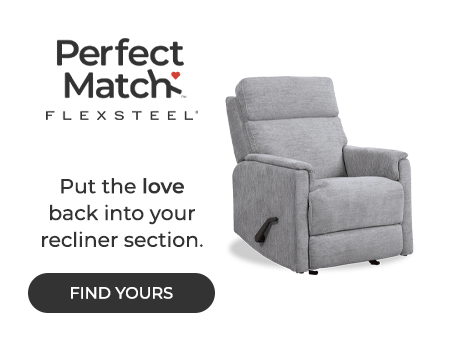Earlier this month, President Trump’s Big Beautiful Bill made it to his desk for signing, but only by the skin of its teeth, with the final tally being 218 for, 214 against.
While the slim margin was not unexpected, the future ramifications of the bill are likely to have our industry equally at odds as to whether the bill will be a boon or a bust to the home furnishings sector.
While I think it is far too early in the game to declare winners or losers, what follows are my best guesses for future windfalls and windstorms.
I am going to start with what I believe could be potential upsides:
1. Permanent business tax relief
+ The bill extends Trump-era tax cuts, including full expensing of capital investments like machinery and equipment — this benefits manufacturers, including furniture producers, by lowering their cost of expanding or upgrading production.
+ Small business pass-through deductions remain in place — helpful for family-run operations common in our industry.
2. On‐shoring incentives
+ Tax incentives for domestic manufacturing could encourage brands to bring production back from abroad, helping revitalize U.S. furniture-making hubs like High Point, North Carolina .
+ Trump has also implemented tariffs on imported furniture, which he maintains could potentially improve the competitiveness of U.S.-made goods.
3. Stronger cash flow for consumers
+ With higher take-home pay (no tax on tips/overtime, increased child and standard deductions), consumers may spend more — benefiting furniture retailers whitehouse.gov.
Now, let’s flip the (big Beautiful) coin and take a look at potential downsides.
1. Tariff-driven input costs
- If new tariffs raise costs on imported wood, foam, fabrics or hardware, margins could be squeezed — raising prices for U.S. producers.
2. Supply chain disruptions
+ Tariffs risk disrupting established supply chains (e.g., from Canada or Mexico), forcing firms to retool, find new suppliers or mitigate subsequent delays.
3. Rising interest rates
+ The bill increases the federal deficit by $3 trillion-$4 trillion over a decade, potentially nudging interest rates upward congress.gov+2cbsnews.com+2congress.gov+2. If borrowing gets pricier, financing expansions or inventory could cost more.
Based on what the bill proposes to do, I see an equal number of pros and cons.
To summarize, upsides might include lower tax burdens on manufacturers and small to midsized businesses, a possible increase in some reshoring as a result of domestic investment incentives and a possible surge in consumer spending from anticipated increases in wages.
Those pros could be mitigated by things like steeper input costs because of tariffs, ongoing and future supply chain hiccups and trade tensions and a risk of higher interest rates that could impact access to credit.
So, from my perspective, is it a big bill? No doubt about it. But is it beautiful? I am not touching that one because as we all know beauty is in the eye of the beholder.

 by
by 



Ray
We just lost Howard Miller this week.
Last night Brazil got hit with 50% tariffs. How many reps that represent them will loose their jobs. How many Brazilian manufacturers won’t be able to show in Oct due to this. I believe this bill will continue to destroy our furniture industry.